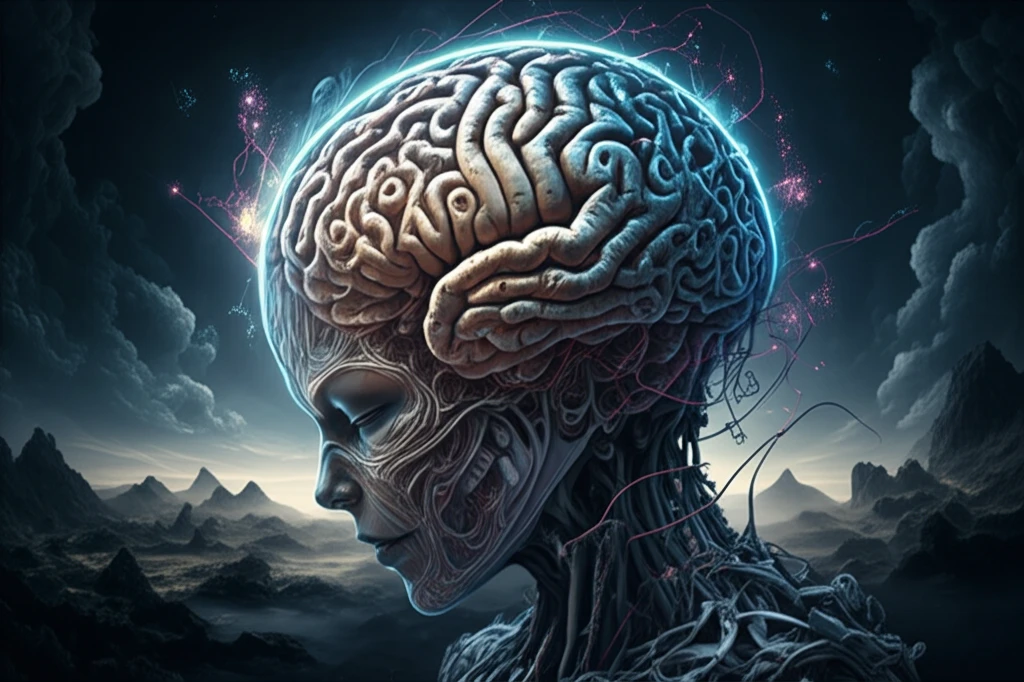
Are Your Beliefs Really Yours? Unmasking Hidden Biases in How We Think
"Dive into the science of belief updating and discover how unconscious biases can warp your perception of reality."
We like to think our beliefs are the product of rational thought and careful consideration. We weigh the evidence, analyze the facts, and arrive at conclusions that are logically sound. But what if the way we process information is subtly, and not-so-subtly, skewed by unconscious biases? What if these biases lead us to cling to inaccurate or incomplete understandings of the world?
The field of behavioral economics and psychology has long been fascinated by these quirks in human cognition. For decades, researchers have identified and categorized a range of belief-updating biases – systematic errors in how we revise our beliefs in light of new information. Individually, these biases might seem like minor imperfections. But when they interact, they can create a powerful distortion field, twisting our perceptions and solidifying flawed beliefs.
Now, a new study from Maastricht University proposes a unified model for understanding these biases, offering a framework for identifying and testing them within a single, comprehensive system. This research sheds light on how motivated reasoning, sequence-related patterns, and other cognitive quirks can lead us astray.
Decoding the Belief Bias Landscape: A Comprehensive Model

The traditional approach to studying belief-updating biases has been piecemeal, examining each bias in isolation. This makes it difficult to understand how they interact and how much each contributes to distorted beliefs. Imagine someone who consistently overreacts to new information. Is it because they are neglecting their prior beliefs (base rate neglect)? Or are they simply overinterpreting the information they receive (overinference)? Or is there some other bias afoot?
- Motivated Belief Biases (Optimism and Pessimism): The tendency to interpret information in a way that aligns with pre-existing desires or expectations.
- Sequence-Related Biases (Gambler's Fallacy and Hot Hand Fallacy): Erroneous beliefs about the predictability of random sequences.
- Base Rate Neglect: Ignoring or underweighing prior probabilities when assessing new evidence.
- Confirmation Bias: Seeking out or interpreting information that confirms existing beliefs.
- Overconfidence: An inflated sense of one's own knowledge or abilities.
Why Identifying Your Biases Matters
Understanding the biases that influence our beliefs is the first step toward overcoming them. By recognizing these patterns in our own thinking, we can make more informed decisions, avoid common pitfalls, and develop a more accurate understanding of the world around us. Whether it's in our personal lives, our professional careers, or our engagement with the world at large, the ability to think clearly and rationally is more important than ever.
